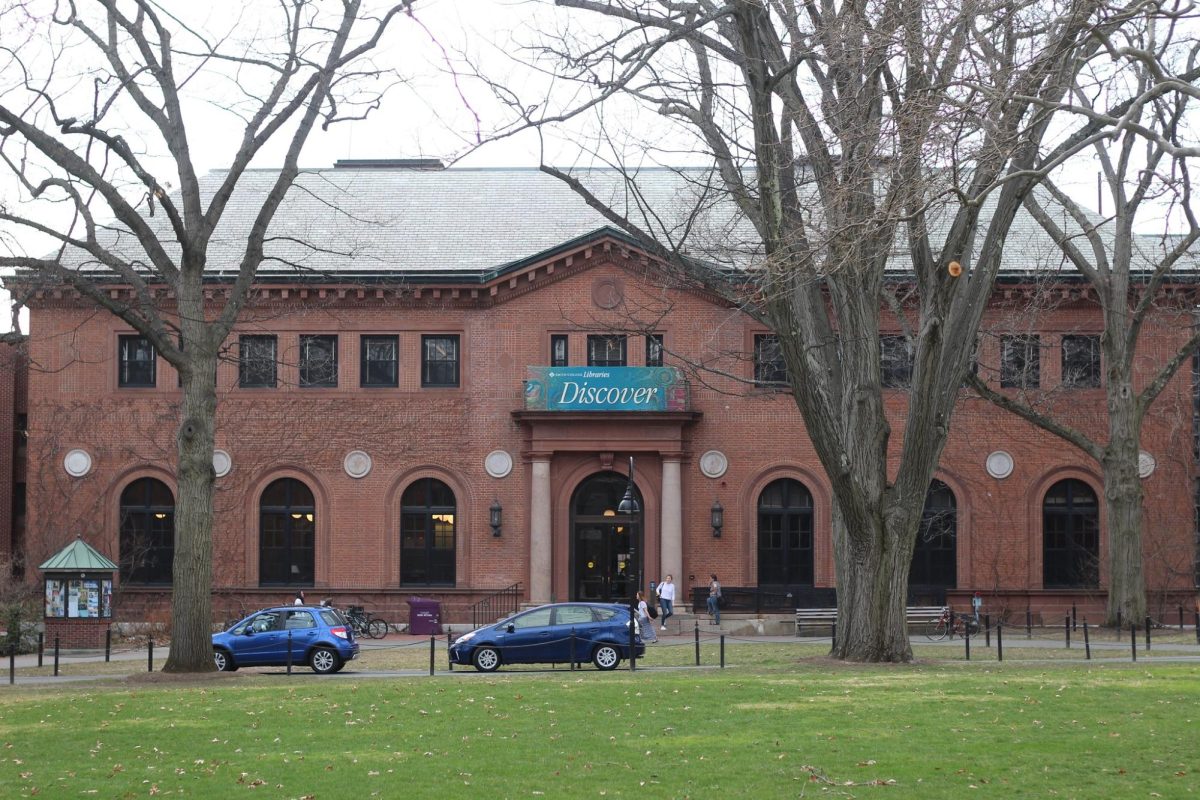For more than three years, Chief Tim Nelson has been struggling to solve the issue of understaffing in the Amherst Fire Department. This issue is due largely to lack of funding and a large student population.

“We’re not as big as we should be,” Nelson said. “We don’t have as large a margin of safety as we would like to have.”
The University of Massachusetts established a deal with the Amherst Fire Department last spring to provide the department with a grant that would help compensate for the understaffing issues during peak times. The grant pays for an additional four firefighters to be on duty Friday and Saturday nights during what the department refers to as “party time.” Between the hours of 10 p.m. to 4 a.m., many students in the area require ambulances. The extra help allows the fire department to run their five ambulances all night.
“Our fire department is really a fire/EMS service,” said John Musante, Amherst town manager. He estimates that 75 to 80 percent of calls are related to EMS, not fire.
On busy nights, it is a frequent occurrence that every ambulance is in use and that every on-duty firefighter is out of the station. The station has even converted one of the fire trucks to function as a paramedic vehicle when all of the other ambulances are out on calls.
Still, Nelson said that having good equipment is not the problem—the problem is having the staff to run it.
The Amherst Fire Department currently has 44 permanent staff members. In comparison, the Holyoke Fire Department, where Nelson previously worked for 28 years, has a permanent staff of 120 members, and a much smaller constituency.
The Amherst Fire Department serves the 30,000 residents of Amherst and the 27,000 students in the town, as well as the outskirts of Hadley, Shutesbury, Leverett and Pelham. Meanwhile, the Holyoke Fire Department has a staff three times greater than that of Amherst’s and serves just the 50,000 residents of Holyoke.
Ideally, Nelson said that he would like to add 10 more full-time employees to the station. Musante said, however, that he believes that it is not the number of employees at the station that is important, but the allocation of their resources.
“We have to think what is the best possible use for the next available dollar,” Musante said when asked about Nelson’s proposal to boost staffing. “The best use of money is to apply it to the peak demand.”
Musante said simply increasing the number of firefighters would not be the most cost-effective way of ensuring proper EMS and fire safety. He said that when the cost of hiring more full-time firefighters falls upon the residents of Amherst in the form of property taxes, it is in the best interest of the fire station and Amherst residents to choose the most cost-effective option.
The UMass grant has helped with the understaffing issue in the fire department, but it far from solves it.
“It’s helping,” Musante said of the grant, adding, “It’s a hard issue. One of the objectives is to lower demand and find solutions.”
For the time being, Nelson and the Amherst Fire Department are trying to make the best of their situation. Every firefighter at the station has been trained in both emergency fire and EMS, so they are all able to respond to any call.
“We’re doing the best we can. We juggle here, but we make it work,” Nelson said. “The problem is when you reach that breaking point, somebody dies. We can’t let that happen.”
Sarah Robertson can be reached at [email protected].













Larry Kelley • Oct 30, 2013 at 2:29 pm
AFD will be at extra full staffing (13) tonight and tomorrow due to the Red Sox game and Halloween, then maintain the extra staffing for the usual Friday/Saturday mayhem.
And the Chief is right: somebody will die due to delayed response one of these days.